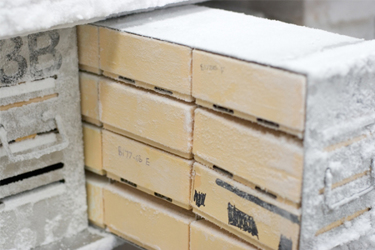Shipping Temperatures For Cell Therapies
By Julie Meneghel, Peter Kilbride, Bill Shingleton, Alex Nancekievill, John Morris, Cytiva

For effective delivery of many cell therapies, a cryogenic cold chain is essential. However, cryopreservation can damage biologics if optimal cooling, storage, and thawing strategies are not used. While the traditional cooling agent for controlled-rate freezing in clean room settings is liquid nitrogen, there are challenges to meet cGMP guidelines by using liquid nitrogen in medicinal product manufacturing. To address these challenges, Cytiva’s range of VIA Freeze™ systems deliver liquid nitrogen-free controlled cooling for optimized, compliant cell cryopreservation.
Cryopreserved cells are often stored at a central facility before being shipped to the clinical location. This study explores the required shipping and storage temperatures for cryogenic cold chain delivery of biological samples. Two representative cell lines, Jurkat (human immortalized T cells) and HepG2 (human hepatoblastoma), were cryopreserved. Before thawing, cells were stored at a range of higher temperatures for either 5 or 10 days.
Get unlimited access to:
Enter your credentials below to log in. Not yet a member of Biosimilar Development? Subscribe today.
